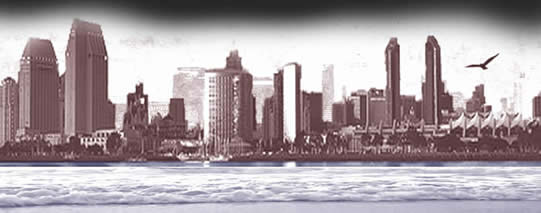...Are you READY?
.....Be prepared to be on your own for at least one week.We as individuals must be preparer in advance for ourselves, our homes, our workplaces and our neighborhoods. Keep on mind that under eight feet of water or other circunstances neither the Internet nor phones work. During major disasters, 9-1-1 may be flooded with calls. Be prepared to wait. The following are some steps you can take to be prepared for any event – large or small.
1. Duplicate your important documents and keep an extra copy offsite either in a safety deposit box or with someone you trust. Examples of these documents are: passport, driver’s license, social security card, will, deeds,financial statements, prescriptions, personal items, etc. Include an inventory of your valuables, in writing and with photographs or video.
2. Put together your emergency kits. Your main kit should include: water, food, a manual can opener, first aid, personal medications, AM radio, flashlight, batteries, sanitary items, shoes, clothing, tools, supplies and any other items that you might require. Remember to include cash in small denominations as ATM machines may not be working and banks could be closed. Remember: Be prepared to be on your own for at least one week. Also,prepare a “Go Bag” for your home, workplace and vehicle to use in the event of an evacuation.
3. Develop your emergency plan. Involve all household members in planning.Including babysitters.
• Discuss all possible exit routes from each room, building and the neighborhood.
• Decide where you will reunite after a disaster. Pick two places to meet: one right outside your home in case of sudden emergency such as fire and one outside your neighborhood in case you are unable to return to your home.
• Find safe places in your home for each type of disaster.
• Put emergency numbers beside each telephone.
• Clear hallways and exits for easy evacuation.
• Locate the main water, electricity and gas shut-off valves. Know how and when to switch them off. Only PG&E can turn your gas back on.
• Keep your vehicle in good working order and be sure the gas tank is always at least half full.
• Practice. Conduct emergency drills. Walk through your plan with all household members, check your smoke detectors and be sure to practice “DROP, COVER and HOLD” and other exercises at least every six months.
• Schedule time on the days that the clocks change to check and rotate your supplies as well as to review and practice your emergency drills.
• Designate an out-of-state contact person. Provide this person with the names and contact information of people you would like to keep informed of your situation. This way, after a disaster, you only need to make one call and your contact person can do the rest.
4. Know your community resources. Be inform about your local community Emergency Response Team, and take emergency preparedness and CPR classes from the American Red Cross.
1 | Continued on page 2 |
 info
info

